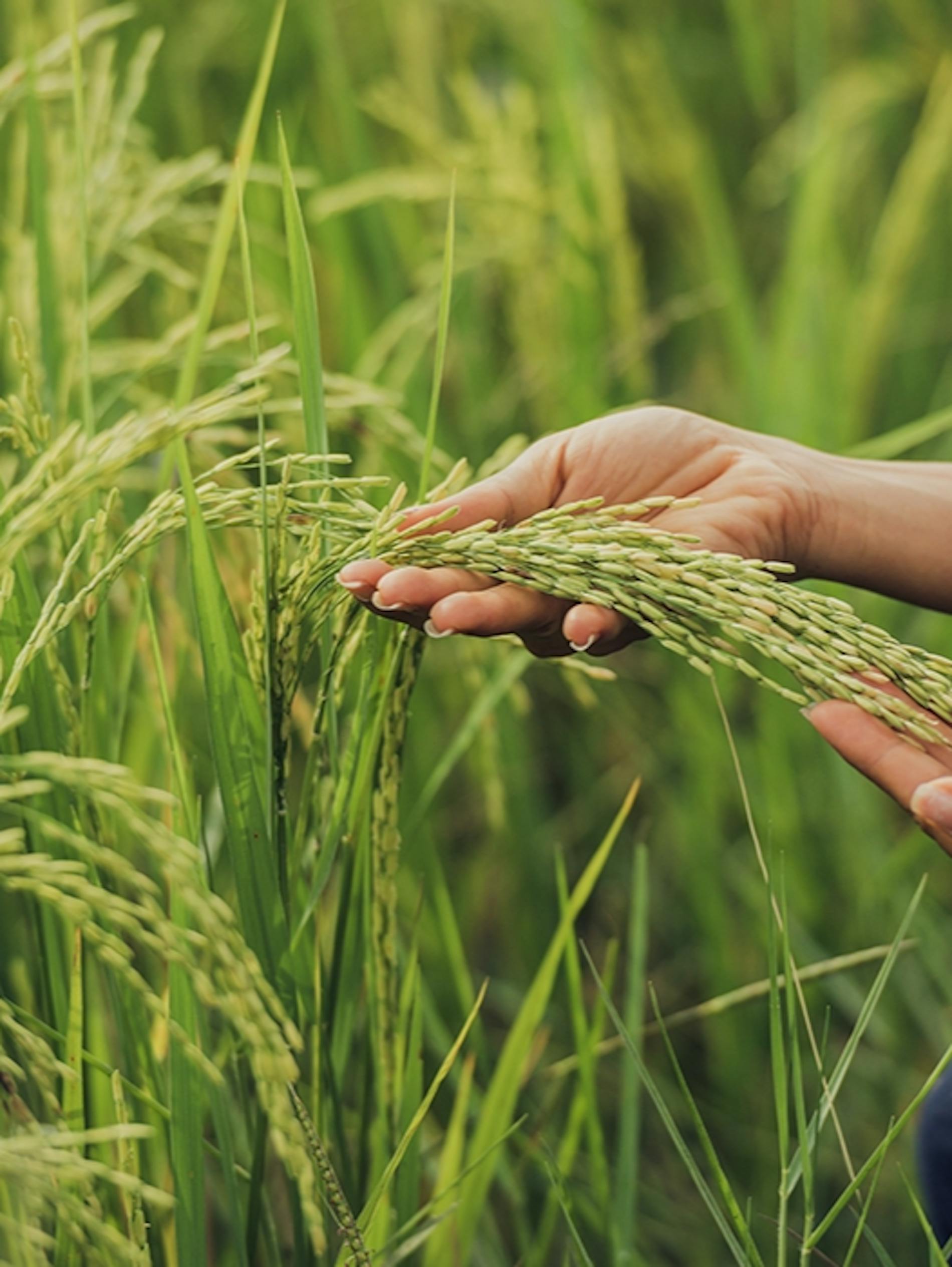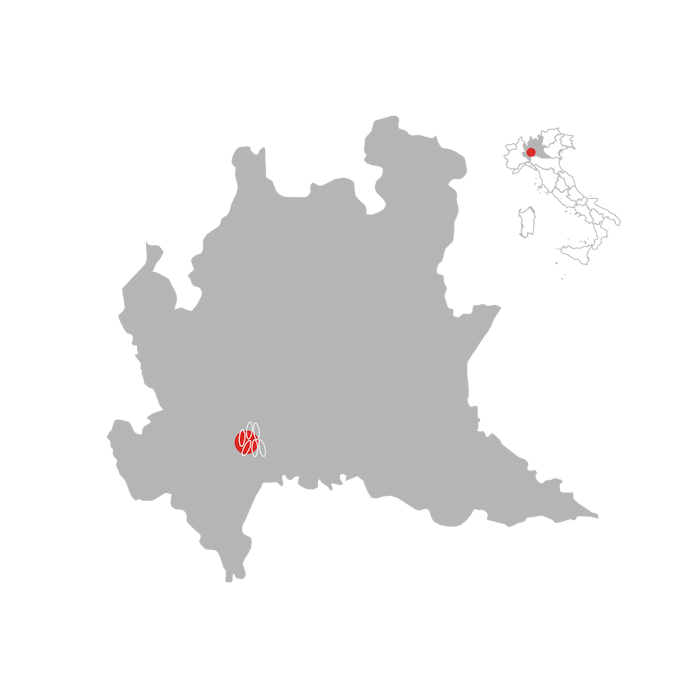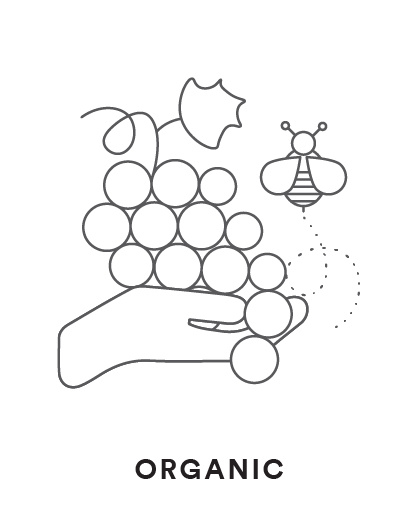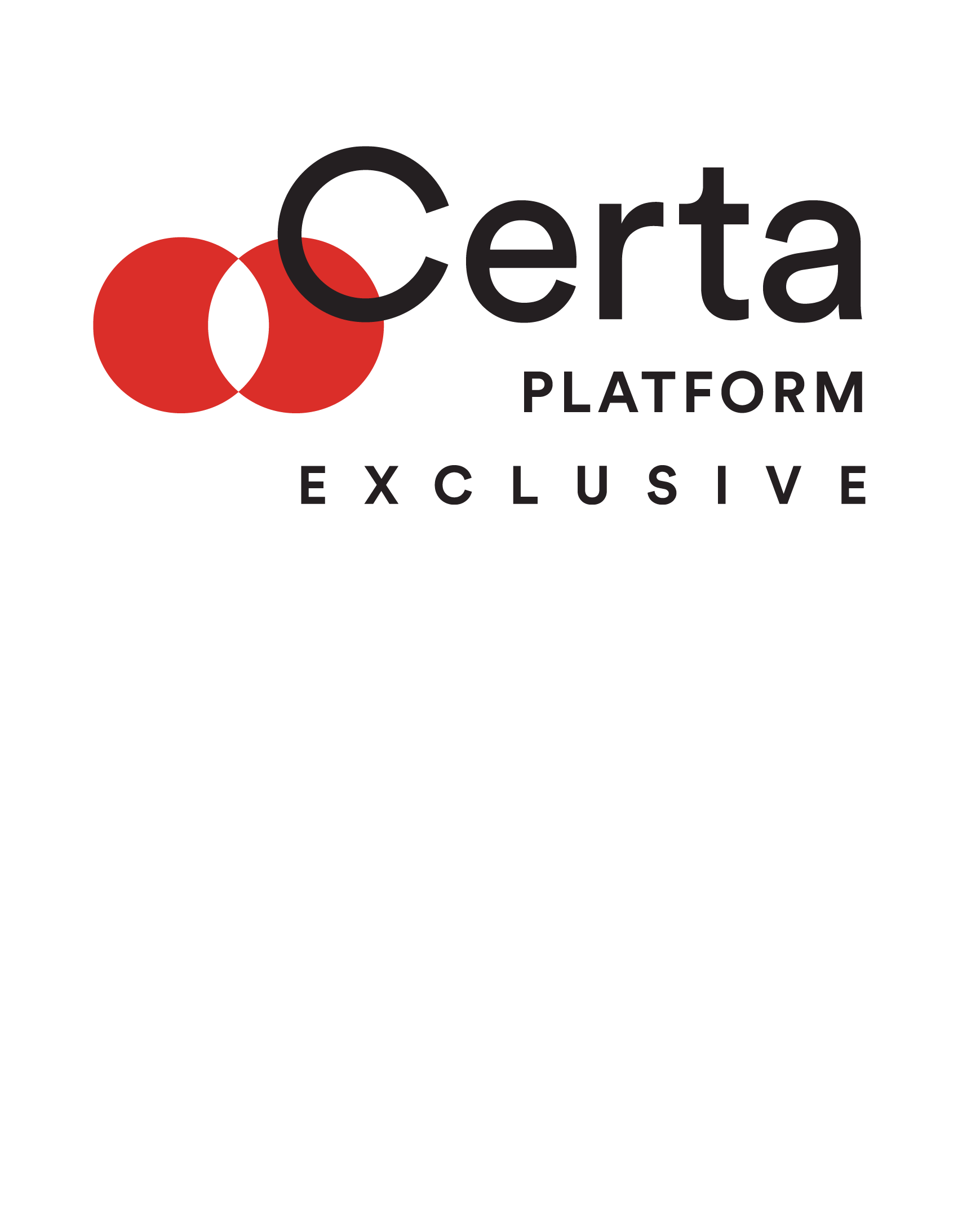
Pozzi
The Estate
Riso Pozzi comes from the desire of creating a high quality product that preserves all the natural principles which make this rice ideal for the preparation of the typical Italian risotto. The Pozzi family has made a quality choice: to cultivate Carnaroli “classico” in purity, re-living the ancient tradition of the rice that makes Carnaroli rice a unique product.
In the area of Landriano (Pavia), the farm house Cascina Cirano has been standing for more than 200 years. Here, the first rice stack was erected on May 25th, 1822. The farm house Cascina Cirano has been re-stored in 1856 according to the project of Galeazzo Garavaglia. All around, you can admire the rice fields of Pozzi’s family. From generation to generation, from father to son, the passion for this precious cereal has been handed down. One of the first aims of Pozzi’s family is to respect the working processes in order to maintain a natural and pure product.
The farm house Cascina Cirano works in a total respect of the environment, protecting its fields, in order to produce a rice that is 100% natural.


The Product

Pozzi takes care of its Carnaroli rice in every detail.
1. Sowing with natural fertilizers
The use of natural fertilizers in the farm house Cascina Cirano is a fundamental principle to respect land and water, two essential elements for the right growth of rice plants that give the necessary nutritional contribution to obtain the best rice.
2. The harvesting at the right time
Between September and October, rice is ripe to be finally harvested. When the right ripening is reached, the raw rice is harvested with combine harvesters similar to those ones used for other cereals and transported to the farm where the rice is dried until it reaches a humidity value around 12 – 14%.
3. The working process
Pozzi rice is distinguished thanks to its warm amber color and consistency, and it keeps all the nutritional and taste properties.
Pozzi also respects all the requirements for the varietal traceability that make it part of a specific type of production (rice that can be called “classico”). These requirements identify the product from sowing to release to consumption, and are insured with documentation, forms and certificates. This traceability system is recognised in the European Union and reconfirmed by the DLGS 4 August 2017, n. 131.

